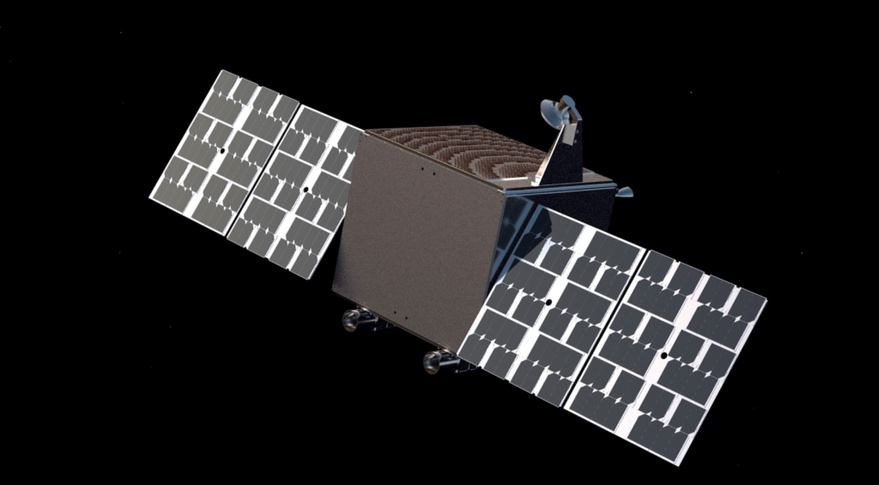Startup AstroForge, which goal is mining on asteroids, said that by the end of 2023 it would launch two missions into space. The first one will demonstrate metal processing technologies. The second one will fly past a near-Earth asteroid.

AstroForge is preparing to launch missions
Startup AstroForge, which has been promising to start mining on asteroids for several years, is going to take the first practical steps to implement its program this year. On January 24, its representatives promised that two missions would go into space by the end of 2023.
The first, called Brokkr-1, is based on a platform of six interconnected cubesats and will operate in Earth orbit. It will be launched in April 2023 as part of SpaceX’s Transporter-7 mission.
The main target of Brokkr-1 will be a demonstration of the technology developed by AstroForge for extracting metals from asteroids. The device will try to vaporize a small amount of asteroid-mimicking material with a laser. And then it will separate the substances and isolate valuable metals from them.
Flight to the asteroid
The second mission, called Brokkr-2, is scheduled to launch in October 2023. It will be a much larger device, the weight of the platform of which will be 100 kg. Its main goal will be to approach one of the near-Earth asteroids and study its composition and surface.
The spacecraft was built by the same British company OrbAstro as Brokkr-1. It is expected that it will be launched as an additional load along with the second Intuitive Machines lunar mission on a Falcon 9 rocket. The specific target of the mission is still unknown, but it is expected that this is a very small asteroid with a diameter of up to 100 m.
The company is aware that the Intuitive Machines mission may not start in October, but states that with the postponement of the deadline, there is still an opportunity to visit the asteroid until April 2024.
According to Spacenews.com.
Follow us on Twitter to get the most interesting space news in time
https://twitter.com/ust_magazine

